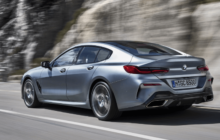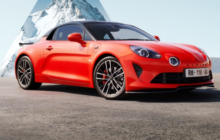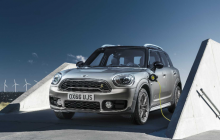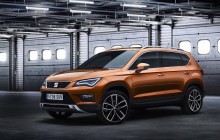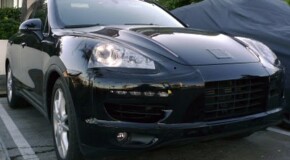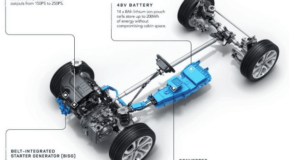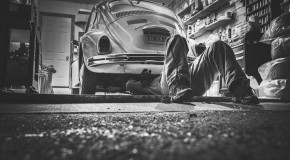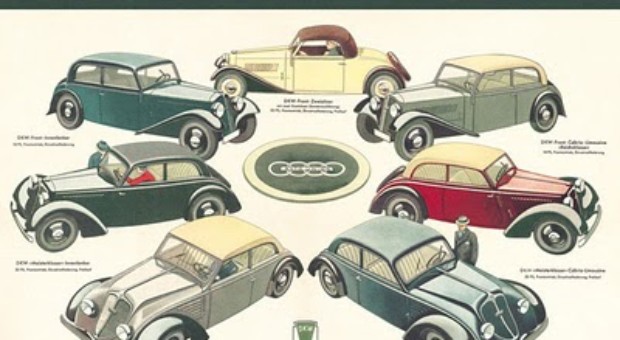
A new West German headquartered Auto Union was launched in Ingolstadt, Bavaria with loans from the Bavarian state government and Marshall Plan aid.
The reformed company was launched 3 September 1949 and continued DKW’s tradition of producing front-wheel drive vehicles with two-stroke engines.
This included production of a small but sturdy 125 cc motorcycle and a DKW delivery van, the DKW F 89 L at Ingolstadt.
The Ingolstadt site was large, consisting of an extensive complex of formerly military buildings which was suitable for administration as well as vehicle warehousing and distribution, but at this stage there was at Ingolstadt no dedicated plant suitable for mass production of automobiles: for manufacturing the company’s first post-war mass-market passenger car plant capacity in Düsseldorf was rented from Rheinmetall-Borsig.
It was only ten years later, after the company had attracted an investor that funds became available for construction of major car plant at the Ingolstadt head office site.
In 1958 Daimler-Benz took an 87% holding in the Auto Union company, and this was increased to a 100% holding in 1959.
However, small two-stroke cars were not the focus of the company’s interests, and while the early 1960s saw major investment in new Mercedes models and in a state of the art factory for Auto Union’s, the company’s aging model range at this time did not benefit from the economic boom of the early 1960s to the same extent as competitor manufacturers such as Volkswagen and Opel.
The decision to dispose of the Auto Union business was based on its lack of profitability.
Ironically, by the time they sold the business it also included a large new factory and near production-ready modern four-stroke engine, which would enable the Auto Union business, under a new owner and with the benefit of a rediscovered name, Audi.
In 1964 Volkswagen acquired a 50% holding in the business, which included the new factory in Ingolstadt and the trademark rights of the Auto Union.
Two-stroke engines became less popular during the 1960s as customers were more attracted to the smoother four-stroke engines.
Eighteen months later, Volkswagen bought complete control of Ingolstadt, and by 1966 were using the spare capacity of the Ingolstadt plant to assemble an additional 60,000 Volkswagen Beetles per year.
In September 1965, the DKW F102 was fitted with a four-stroke engine and a facelift for car’s the front and rear. Volkswagen dumped the DKW brand because of its associations with two-stroke technology, and having classified the model internally as the F103, sold it simply as the “Audi.”
Later developments of the model were named for their horsepower ratings and sold as the Audi 60, 75, 80, and Super 90, selling until 1972.
In 1967, the new NSU Ro 80 was a car well ahead of its time in technical details such as aerodynamics, light weight, and safety. However, teething problems with the rotary engines put an end to the independence of NSU.
Audi 80 assembly line in Wolfsburg as of 1973In 1969, Auto Union merged with NSU, based in Neckarsulm, near Stuttgart.
In the 1950s, NSU had been the world’s largest manufacturer of motorcycles, but had moved on to produce small cars like the NSU Prinz, the TT and TTS versions of which are still popular as vintage race cars. NSU then focused on new rotary engines based on the ideas of Felix Wankel.
The mid-sized car that NSU had been working on, the K70, was intended to slot between the rear-engined Prinz models and the futuristic NSU Ro 80. However, Volkswagen took the K70 for its own range, spelling the end of NSU as a separate brand.
The Neckarsulm plant is now used to produce the larger Audi models A6 and A8. The Neckarsulm factory is also home of the quattro GmbH, a subsidiary responsible for development and production of Audi high-performance models: the R8 and the “RS” model range.
Source: Wikipedia



